Gluten Free Casein Free Diet List
The gluten-free, casein-free, soy-free (GFCFSF) diet removes all sources of gluten, casein, and soy from the diet. The word "diet" is really a misnomer because this is a lifestyle change. It is a way of seeing food as nourishment for the body and brain. Once you see what gluten, casein, and soy can do to some people's bodies, you will begin to understand why this diet is important.
What is Gluten?
Gluten is a protein found in wheat, rye, barley, and some oats. Most bread, pasta, cereals, cookies, cakes, and pretzels contain gluten. They must be removed from the diet.
What is Casein?
Casein is a protein found in dairy. Cow's and goat's milk both contain casein as does butter, yogurt, ice cream, cheese, and cream. Ghee is butter that has had the casein removed from it. You can use ghee if your child is not allergic or sensitive to dairy.
Why Soy?
The protein structure of soy is similar to gluten and casein, therefore, it can cause the same issues. In addition, because most soy is genetically modified, it should be avoided. Soy should not be introduced as a substitute for casein.
Reported Improvements on the GFCFSF Diet
Below is a list of improvements that are commonly seen after implementing a gluten-free, casein-free, soy-free diet:
- Reduced aggression
- Improved expressive and/or receptive communication
- Better bowel movements (less constipation and/or diarrhea)
- Improved ability to focus
- Reduced self-stimulatory behavior
- Reduced illnesses, including ear infections
- Appropriate response to pain stimuli
- Eczema clearing
There are reasons why kids improve on the GFCFSF diet. To learn about the science behind these improvements, click here.
What to Eat on the GFCFSF Diet
If you shop the perimeter of the grocery store, you will find tons of delicious foods that are naturally gluten, casein, and soy free: fruit, vegetables, nuts, beans, legumes, seeds, meat, and fish. Gluten-free grains include corn, rice, quinoa, buckwheat, millet, sorghum, teff, and amaranth.
There are a number of good dairy-free milk substitutes, such as coconut, almond, hemp, flax, and rice milk. But, water is the most important drink.
Keep it simple and uncomplicated with whole foods as the goal, such as:
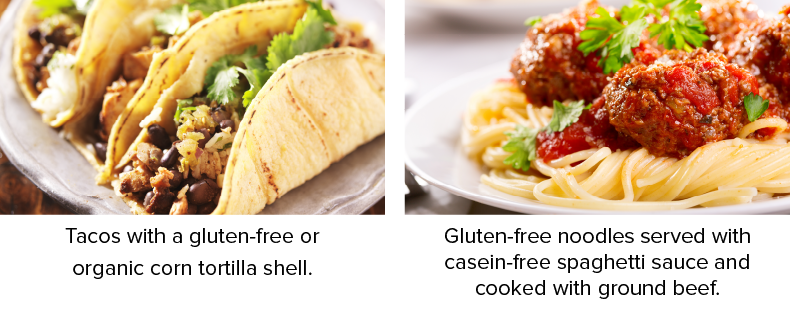
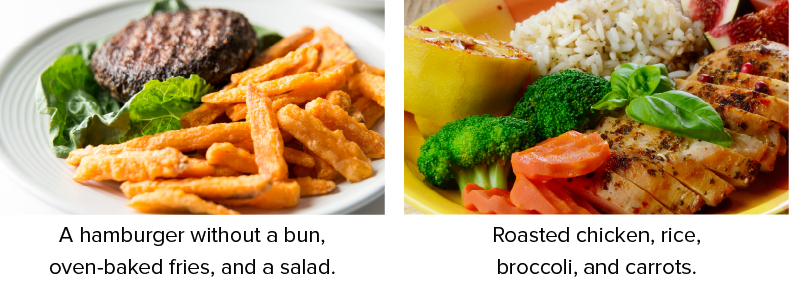
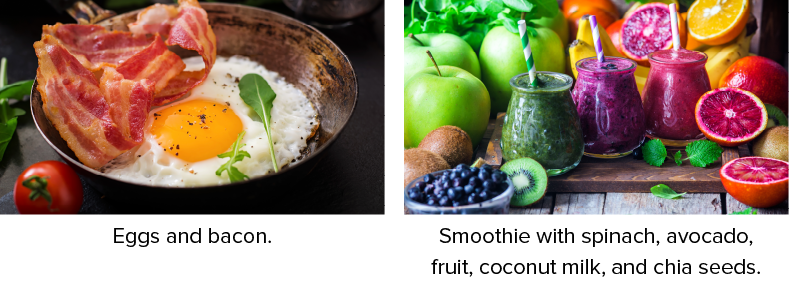
Helpful Things to Know About the GFCFSF Diet
- Eggs are not dairy and do not contain casein. Eggs are allowed.
- Lactose-free milk is not casein-free. Lactose is the sugar component of milk, casein is the protein component. Do not use lactose-free milk.
- Organic does not mean gluten and casein free. Organic refers to how the product was grown.
- This diet requires that all sources of gluten, casein, and soy be removed no matter how high or low the content is. Unfortunately, this means you cannot allow your child to consume even small amounts of casein and gluten. The body will react to the proteins no matter how much is ingested.
- The ultimate goal is a healthier, whole foods diet free of these large proteins.
- This is a lifestyle change, so take it one day at a time.
- Try to keep sugar to a minimum.
- Avoid food coloring and food additives as well. They are not food. In other words, they are chemicals. Additionally, food coloring and additives can cause behavioral and health issues.
- Keep a journal. It can be a video journal, a written journal, or even an app on your phone. Keep track of:
- Behavior
- Eating Habits
- Skin Condition
- Bowel Movements
What to Replace on a GFCFSF Diet
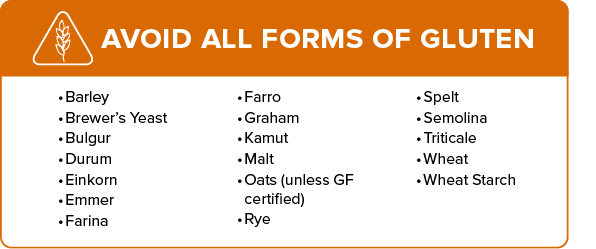
Avoiding Cross-Contact and Hidden Sources of Gluten, Casein, and Soy
Don't allow cross-contact or hidden sources of gluten, dairy, or soy to undermine your efforts. Cross-contact occurs when a food that is GFCFSF comes into contact with foods or surfaces that contain restricted ingredients; making it unsafe for your child to eat. Cross-contact can occur at home, restaurants, the grocery store, and even during the manufacturing, packaging, growing, and harvesting processes.
When shopping for groceries, be sure to read ingredient labels to look for hidden sources of gluten, casein, and soy. Even some items that are advertised as safe are, in fact, not safe.
Hidden sources of gluten, casein, and soy are often found in:
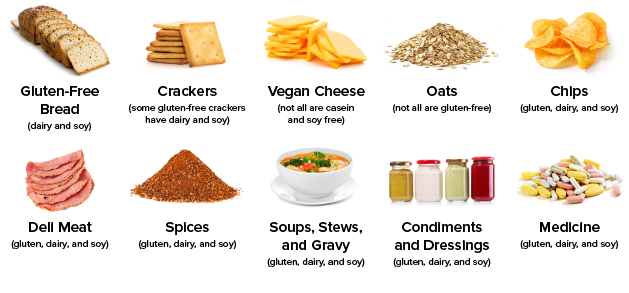
Reading Food Labels
Thankfully, laws have been passed to help consumers read food labels. Below the food ingredients, the package will list any of the top eight allergens: milk (casein), wheat (gluten), soy, peanuts, tree nuts, egg, fish, and shellfish.

The less processed food you buy, the less you will have to read labels. In the beginning, you may need to use some prepackaged foods in order to transition your child, but the goal is to get away from prepackaged foods and buy whole foods. Shop the perimeter of the grocery store, where the fresh foods are kept.
Food Allergy and Sensitivity Testing
Below is brief overview of testing for food allergies, sensitivities, and Celiac disease. Keep in mind, most kids are sensitive to the foods this diet eliminates, but not allergic to them. Ultimately, the best way to determine if your child has a sensitivity to gluten, casein, or soy is a six month trial of the GFCFSF diet.
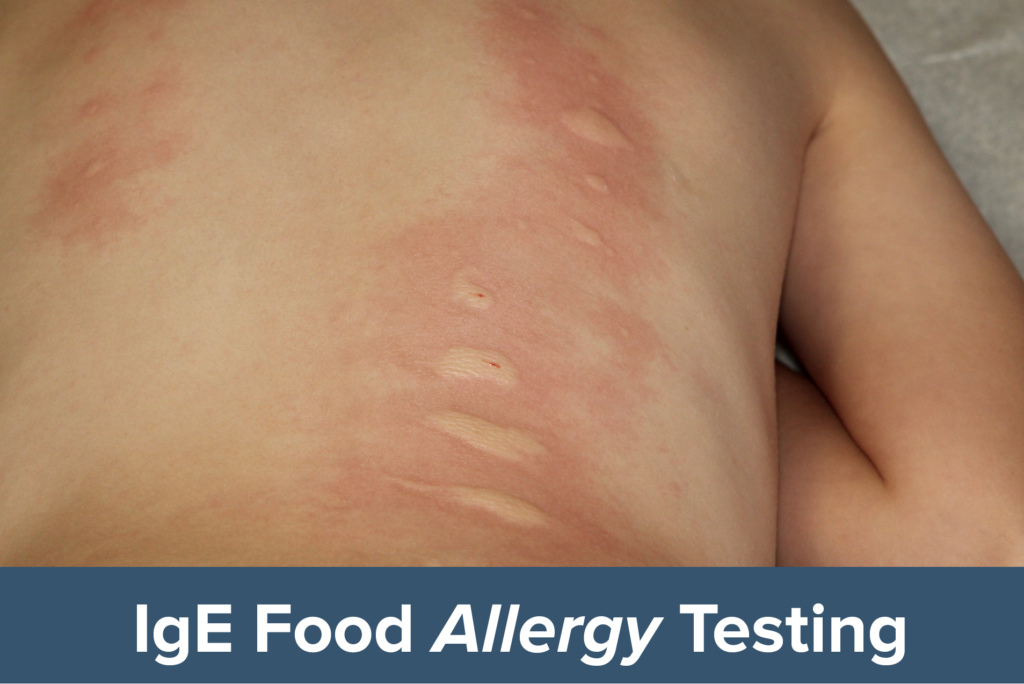
- IgE reactions produce an immediate, allergic response that results in a rash, hives, runny nose, watery eyes, or anaphylaxis.
- Because of this, IgE tests are not reliable in determining food sensitivities.
- This test is done via skin prick or blood test and measures the body's response when it comes into contact with an allergen.
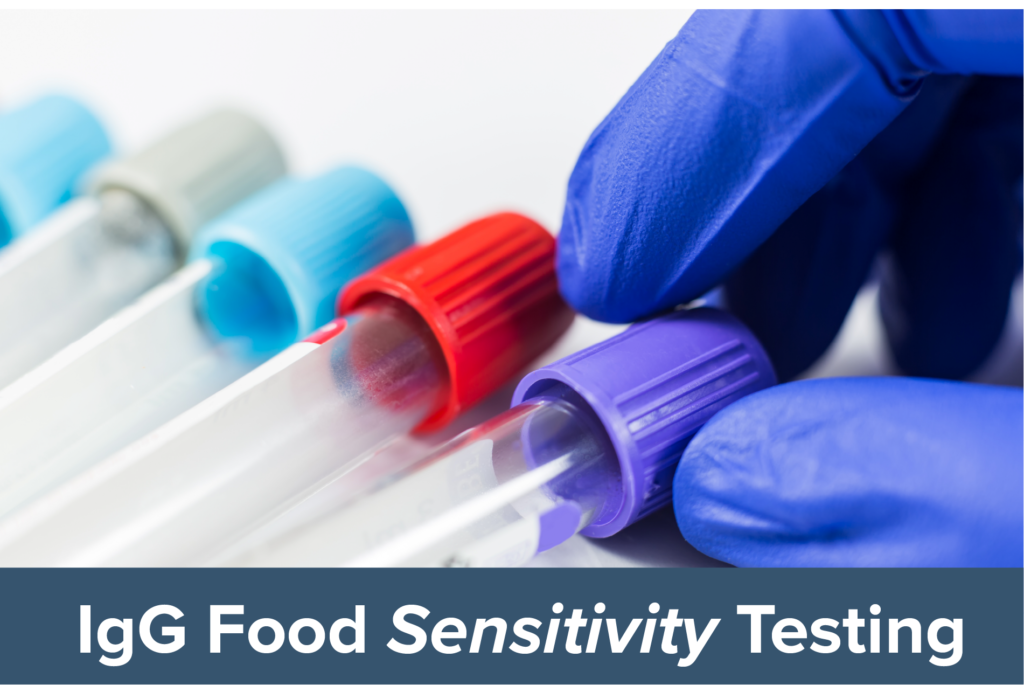
- Food sensitivities, or IgE reactions, produce a delayed, more subtle response that can affect a child's behavior for up to 72 hours after they have eaten the food.
- Many allergists will not order IgG testing because they consider it controversial. However, functional medicine doctors trust it to verify food sensitivities in their patients.

- Celiac is an autoimmune disease in which people can't eat gluten because it damages their small intestine.
- Celiac disease can develop at any age.
- Most people with autism that are sensitive to gluten have Non-Celiac Gluten Sensitivity (NCGS).
- Click here to read about new research very pertinent to kids who may not have celiac but still react to gluten.
- If you wish to test for celiac disease, it must be done prior to going on a gluten-free diet.
- Several blood tests can help determine whether or not someone has celiac disease:
- Anti-tissue transglutaminase (tTG), IgA
- Anti-Endomysium (EMA), IgA
- Anti-deamidated Peptide (DGP), IgA & IgG
- Total Serum IgA (test for IgA deficiency)
- If IgA < 10 mg/dL (deficient), the IgG versions of tTG and EMA will need to be run.
- However, an intestinal biopsy is still considered the "gold standard" for diagnosis.
Whatever you decide to do, remember that the best test is a trial of a GFCFSF diet.
Common Questions About the Gluten-Free Casein-Free Diet
What can I expect on the diet?
The first few weeks can be hard on both the child and the parents. The children typically have meltdowns and poor behavior when the foods they are used to are removed and replaced with new things they are not used to.
Where is my child going to get calcium if they can't have dairy?
Healthy bone formation depends on calcium, vitamin D, and vitamin K2. Other minerals, such as magnesium and silica, are important as well. The Recommended Daily Allowance (RDA) for calcium for children is 800-1200 mg per day. The best way to get your calcium is through food, which is still possible when not eating dairy.
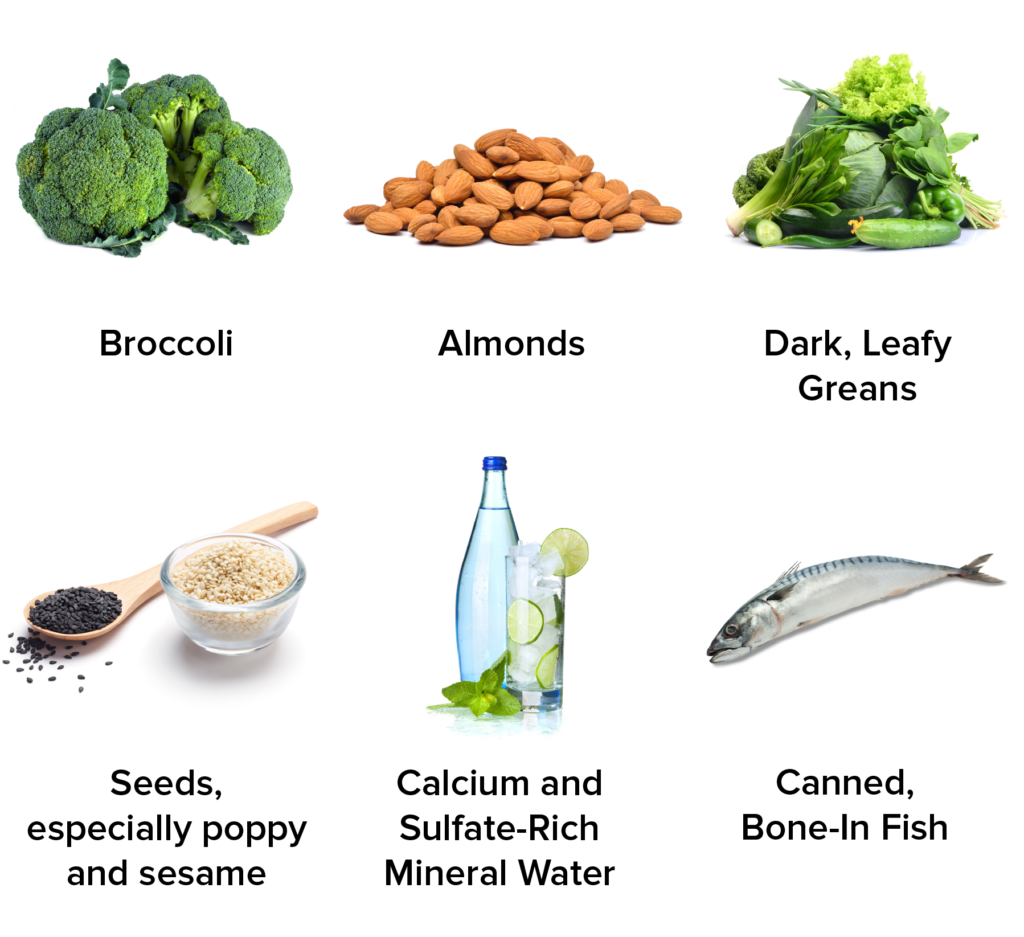
Foods such as broccoli, almonds, leafy greens, seeds (especially poppy and sesame seeds), calcium and sulfate-rich mineral water, and canned bone-in fish are all great sources of calcium. Find more non-dairy sources of calcium here.
If your child is not eating a wide variety of calcium-rich foods, then you may want to discuss calcium supplementation with your child's doctor. Fortunately, calcium supplements are inexpensive and available in pills, liquid, chew-able, and powder forms.
Considerations when taking a calcium supplement:
- Always take calcium with food.
- Never take more than 500mg at a time because the body cannot absorb more than that at one time.
- Make sure you have adequate Vitamin D3 and K2. This is because, without adequate vitamin D, your body can only absorb 10-15% of the calcium you consume.
- You can test Vitamin D levels with a blood test.
- Furthermore, calcium can worsen symptoms in kids who have PANS or PANDAS.
- When inflammatory cytokines cause the breakdown of the blood brain barrier, calcium enters the cells rapidly, causing inflammation.
Can we just use digestive enzymes instead of going on the GFCFSF diet?
No. Enzymes should be used in conjunction with a gluten-free, casein-free, soy-free diet, not instead of it.
Can we cheat? Even just a little?
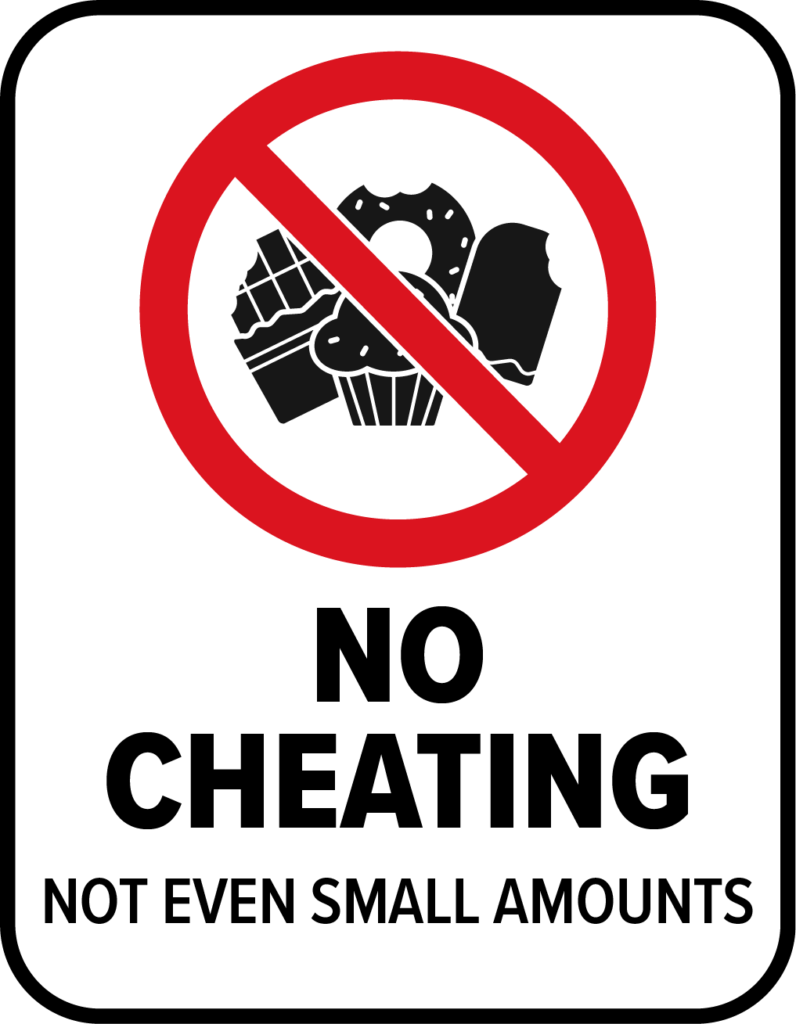
No. Cheating will only send mixed messages to the child. If you think of this as an allergy to food, then you will understand that you don't give a child food that they are allergic to.
While this may not be an IgE allergic reaction, it can be an IgG (food sensitivity) which affects behavior for up to 72 hours after the food is consumed.
Can you absorb gluten and casein through your skin?
Some kids are so sensitive that even handling products with wheat or casein will alter behavior. Technically, gluten is too large of a molecule to pass through the skin's barrier. However, we all know that kids put their hands in their mouth. In addition, with the help of steam, or even some oils (for example, when hydrolyzation occurs), it may allow the ingredients to enter the body via hair follicles. The palms of the hands and the bottom of the feet are especially porous. A good example of this is Play-Doh. It has wheat as an ingredient.
Also, be careful of cosmetic products, such as skin lotion, shampoo, sunscreen and soap. Check anything you are applying to the child's skin or that you are allowing them to play with.
Note: Since these are not food products, the labels are not as easy find or understand. When in doubt, call the manufacturer.
But, isn't the diet hard to do?
That's for you to decide. Sure, a lifestyle change is always challenging at first, but dealing with a child who has behavior issues because they are struggling and in pain is hard too. Kids will not get better without interventions. Also, don't forget, kids grow. They get bigger and more difficult to handle. So, really, it comes down to which type of "hard" you prefer… A child who is hard to handle? A child that may be in pain? Or, a lifestyle that requires you to pay attention to what you eat?
We don't want kids to struggle daily. We want them to thrive. When kids feel better, they behave better. Then suddenly, life becomes easier… despite a diet that is different from their peers. We all have to make hard choices, and change can be hard. Health, and therefore behavior, does not get better by chance. Rather, it gets better by change. Be sure to choose your "hard" carefully.

Is this just some lie to get me to put my kid on a trendy diet?
Consider how some people's behavior changes when they ingest alcohol. A bar at 7:00 pm (opening time) is not the same as that bar at 1:00 am (closing time). Alcohol has altered the way the patrons act. The same can happen with food.
Furthermore, published research and decades of clinical experience and parent reports show that the GFCFSF diet is beneficial for the majority of kids with autism. To learn more, read our article titled, "Top Reasons to Implement a Gluten-Free, Casein-Free Diet."
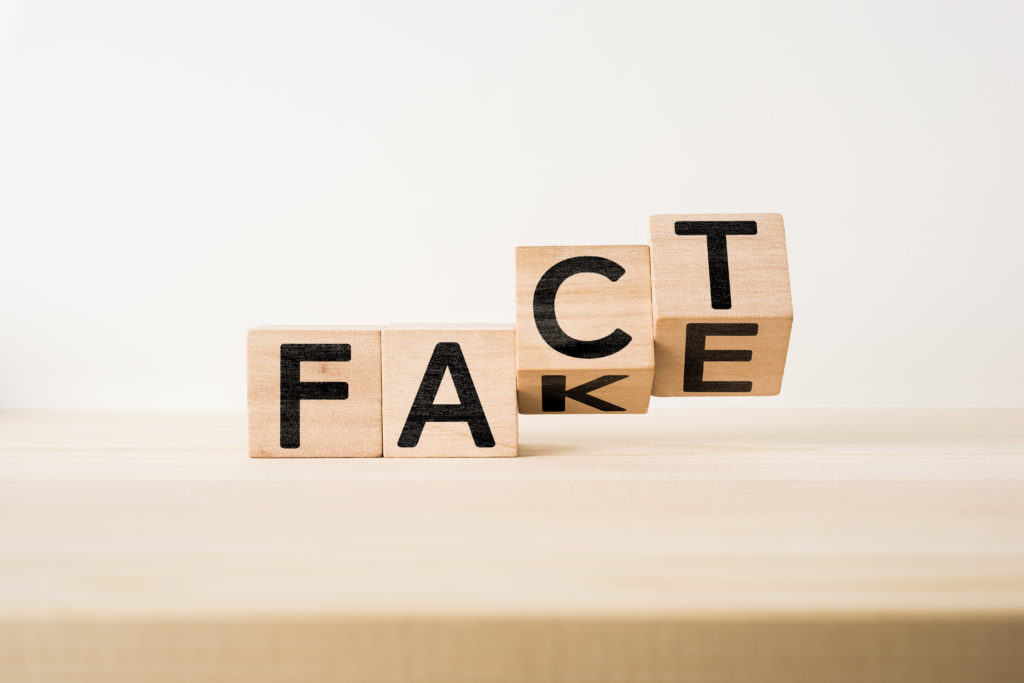
Further Reading
- Top Reasons to Implement a Gluten-Free, Casein-Free Diet
- Summary of Dietary, Nutritional, and Medical Treatments for Autism
- Going GFCFSF in 10 Weeks!
- Picky Eating and Autism
- GFCFSF Diet on a Budget
All content in this article is for informational purposes only. This includes links to products and/or websites mentioned. To clarify, TACA does not receive any compensation or commission for providing them.
Furthermore, the information on this page is not a substitute for professional advice, diagnosis, or treatment. For this reason, always seek the advice of your physician, therapist, or other qualified health provider with any questions or concerns you may have.
Gluten Free Casein Free Diet List
Source: https://tacanow.org/family-resources/introduction-to-the-gluten-free-casein-free-soy-free-diet/
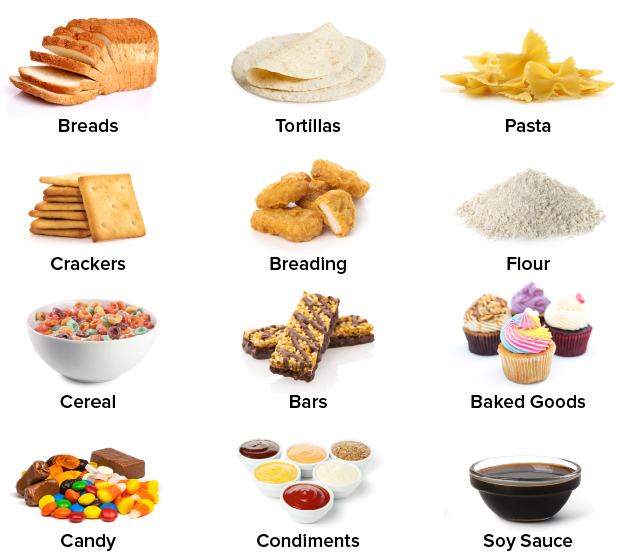
0 Response to "Gluten Free Casein Free Diet List"
Post a Comment